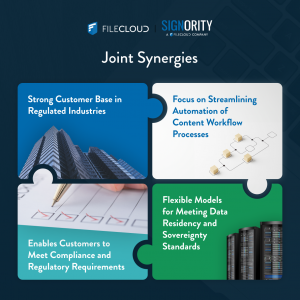Technological disruption in the world of business has brought about an unprecedented flexibility for today’s employees and workers. With the recent outbreak of the COVID-19 coronavirus, millions of people around the world are under quarantine and many others have received advises to work at home. However, thanks to technologies like electronic signatures (eSignatures), many people are still able to work relatively normally at home as though they were in their office.
So in this article, we are going to be exploring what eSignatures are, their legality under Canadian law, and how they can be used.
eSignatures: What are they?
eSignatures have been around for nearly two decades, and they have been since recognized by many businesses and individuals. They are basically signatures in electronic form. Under Canada’s Personal Information Protection and Electronic Documents Act (PIPEDA), an electronic signature is “a signature that consists of one or more letters, characters, numbers or other symbols in digital form incorporated in, attached to or associated with an electronic document”. Many of Canada’s provincial governments have also defined their own legislation for electronic signatures. For example, Ontario’s Electronic Commerce Act recognizes the use of electronic signatures as having the same function as regular “wet” signatures as long as they satisfy certain requirements. These requirements are that the electronic signature must:
- Be able to identify the person who signed, and
- Be able to be reliably associated with the document signed.
In short, electronic signatures are legal.
eSignatures can come in many different forms, and typically have an authentication process with which to identify a signer. The authentication process could simply be asking for an email address and password, or a more complex multi-factor authentication involving SMS codes and other authentication methods. The authentication process helps to accurately identify the signer of a document.
How can I use eSignatures?
Often the easiest and most convenient way to obtain electronic signatures is to use electronic signature services like Signority. Such services often have built-in authentication methods and encryption processes. This keeps documents secure and private, while meeting the requirements for a valid electronic signature. They also facilitate the creation, tracking, and managing of signature-requiring documents. For example, Signority’s electronic signature service allows users to define a workflow for documents by simply adding an order in which recipients must sign a document.
Why should I use eSignatures?
An eSignature solution adds flexibility to your work, and lets you get documents signed at any time, anywhere. This is especially important today as more people are forced to work at home due to the coronavirus pandemic. But not only does eSignatures give you added flexibility, but it also has many other benefits as well. One of the most important is that eSignatures save a lot of time and bring flexibility for both you and your clients to gain high productivity. This increases your competitiveness in the market. So along with helping you continue working at home, eSignatures can also help you do your work better.







